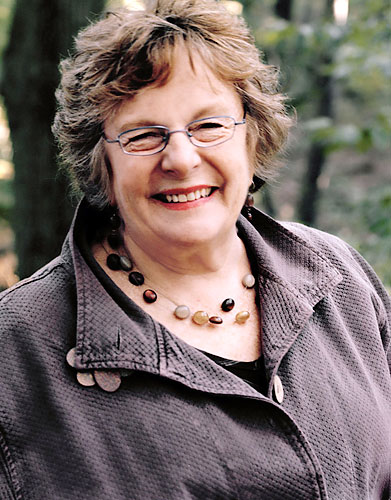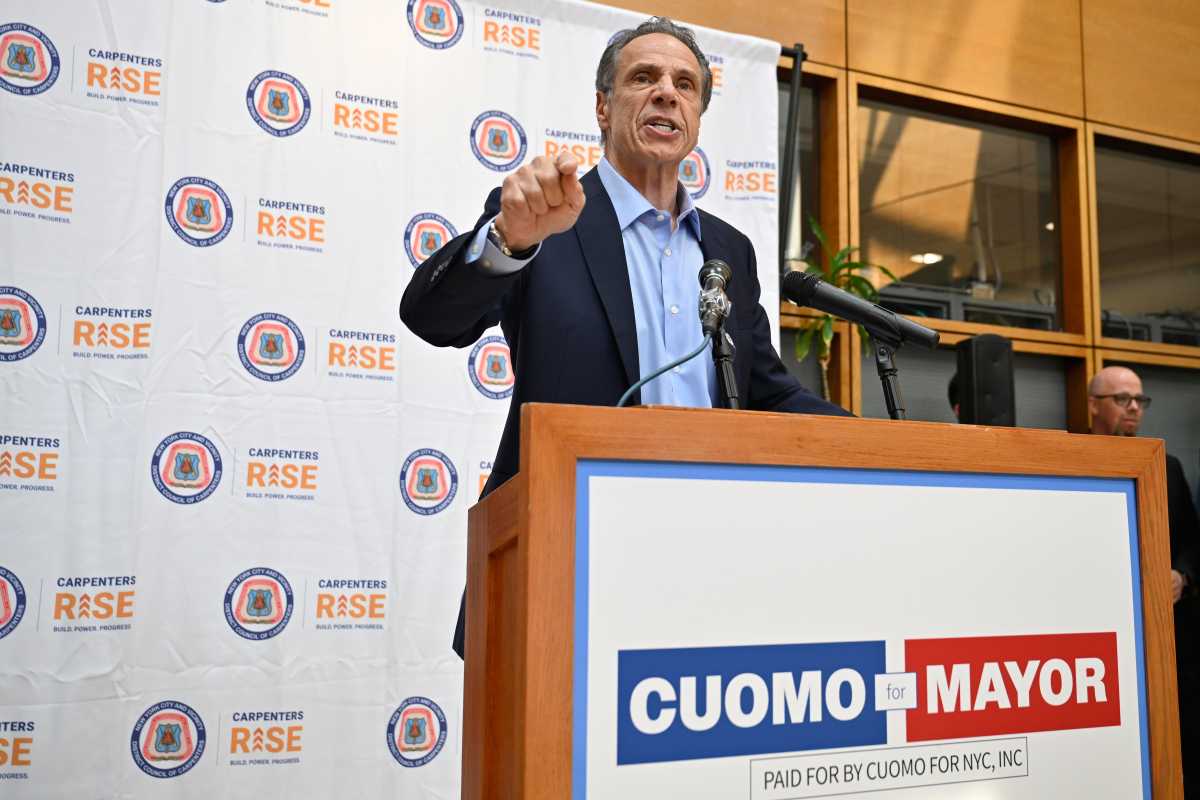To the editor,
Last week’s letter writer Anne-Katrin Titze demonstrates a gross lack of knowledge about Prospect Park’s recent ecological history by writing that there has been years of neglect to the wildlife habitat of Prospect Park and its watercourse (“A real wildlife plan,” Letters, Oct. 29).
The Prospect Park Alliance launched a 25-year restoration plan for the park’s 250 acres of natural areas in 1994. Prior to that, its natural areas had suffered decades of neglect: the watercourse was filled with silt from widespread erosion of the surrounding slopes, leading to eutrophication of the lake. The restoration plan, created after in-depth study by experts in the fields of landscape architecture and various branches of the ecological sciences, recommended work begin at the top of the watercourse at the falls and continue down to the lake.
So far more than 15 acres of the watercourse have been restored; from its source in the Ravine, down to and partially around the lake. Moreover, the quality of the aquatic habitat has markedly improved in the restored areas, as has been attested to by various city, state and federal agencies which consider important ecological indicators including fish population. This kind of high-level ecological expertise and oversight is also found in the composition of the Park’s Wildlife Management Advisory Committee, whose members include naturalists and scientists with years of experience in their respective fields.
The Alliance raises more than $1 million a year that is devoted to the care and maintenance of the park’s natural areas, including its aquatic habitat. Just as important, hundreds of volunteers devote thousands of hours annually to helping reduce the footprint of invasive species, such as Phragmites growing by the lake. This painstaking work by a partnership of the Alliance, the Parks Department and the community has been well documented, including front page stories in leading New York newspapers and the cover feature of Landscape Architecture magazine.
The process of strengthening the park’s ecosystem is presently taking its most important step forward with the Lakeside project: restoration of 26 acres of parkland and the addition of five acres to the lake itself. Not only will the Lakeside site be restored in accordance with the historical designs of the park’s creators, Olmsted and Vaux, but it will be ecologically enhanced by providing a better natural habitat for plants and wildlife.
Tupper Thomas
The writer is president of the Prospect Park Alliance.
Stop pandering
To the editor,
What a tawdry — though hardly surprising — bit of grandstanding by our Borough President Markowitz as he appeals to the residents of Prospect Park West, outraged at the intrusion of a two-way bike lane on the boulevard they regard as an extension of their building lobbies (“Marty: Brooklyn is not Amsterdam!” Oct. 22).
Markowitz is pandering to this particular well-to-do and influential bloc, but he forgets that Brooklyn is far more than Park Slope, and all those bike riders out there causing so much disturbance are all voters with the support and sympathy of their peers across the borough.
In the words of Bob Dylan (the prophet of both mine and Markowitz’s generation): “Your old road is rapidly agin’/Please get out of the new one if you can’t lend your hand/For the times they are a-changin’.”
Do we need anything more than seeing General Motors beg the U.S. Treasury for bailout help to tell us that something is “a-changin’ ” out there?
Gene Kahn,
Windsor Terrace
• • •
To the editor,
I continue to be shocked at the vehement objections to this bike lane. I ride my bike from Plaza Street to work in the South Slope. Before the lanes were installed I rode south in the park, but had to tackle the streets coming home since the park road is one-way. Do people realize you can get a summons if you ride north in the park?
I gave up trying to ride on Prospect Park West because cars whizzed by at a dangerous clip, often not giving me enough room to clear car doors on the right.
Borough President Markowitz never noticed speeding from his window? He must not look out too often. I honestly don’t understand the objections, except perhaps the aesthetic ones. I find the whole arrangement safer for all. There are areas to stand while waiting to cross, and plenty of signs indicating that one must look both ways. If one crosses with the lights there is no more danger involved than any place else, since, after all, bikes routinely ride the wrong way down streets with no bike lanes, which reminds us to look both ways — whether the street is one or two way.
Why can’t we all accept that not everyone wants or can afford a car? Many of us have consciously chosen biking as a statement against pollution and oil dependency.
Crystal Cooper,
Prospect Heights
Stamp out soda
To the editor,
New York City’s low-income residents expect their elected officials to protect them from unscrupulous industry practices that put profits above the health and well-being of communities. The city’s proposal to prohibit the use of food stamps to buy sugary drinks satisfies this standard (“Food stamps for sugar sodas?” op-ed, online, Oct. 22).
Adults in the city’s poorest neighborhoods suffer from obesity and diabetes at twice the rate of the wealthiest New Yorkers, and bear the disproportionate burden of diabetes-related hospitalizations and deaths. We know that the consumption of sugar-sweetened beverages is fueling these epidemics.
We also know that soda and sweetened sports drinks are cheap and abundant in low-income neighborhoods, giving food stamp users a strong incentive to buy them. Perhaps it’s no surprise that our poorest residents consume significantly more sugar-saturated drinks than our most affluent: 38 percent versus 19 percent of adults, respectively; and 51 percent versus 31 percent of children, according to Health Department research.
It’s illogical for the government to subsidize these drinks and the only sensible and responsible solution is to eliminate them from food stamp benefits.
Brooklyn’s ecumenical community strongly encourages the United States Department of Agriculture to approve the city’s request for a two-year demonstration project to test the restriction’s effectiveness.
Brian Carter
The writer is president of the Borough of Brooklyn Ecumenical Advisory Group.

























